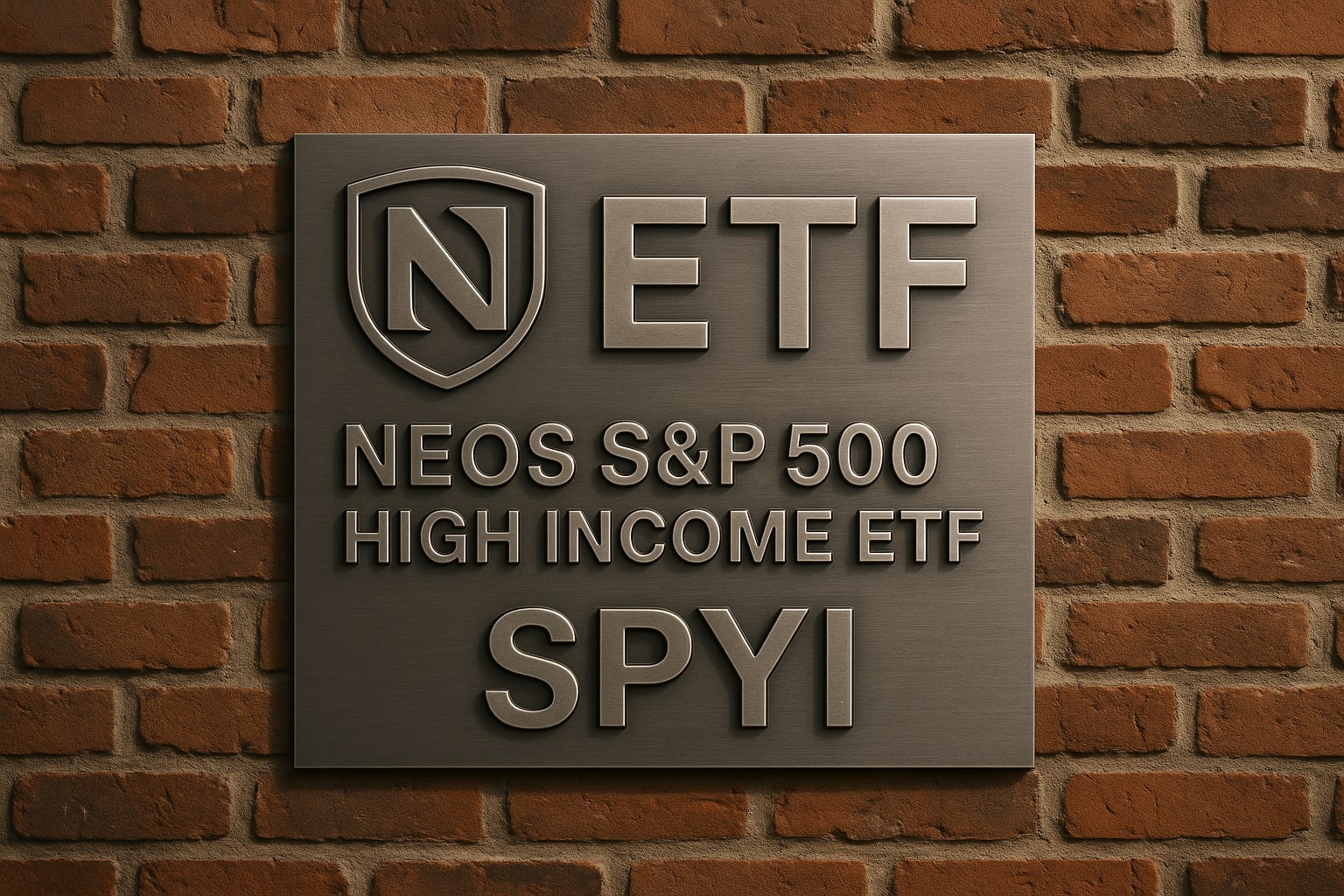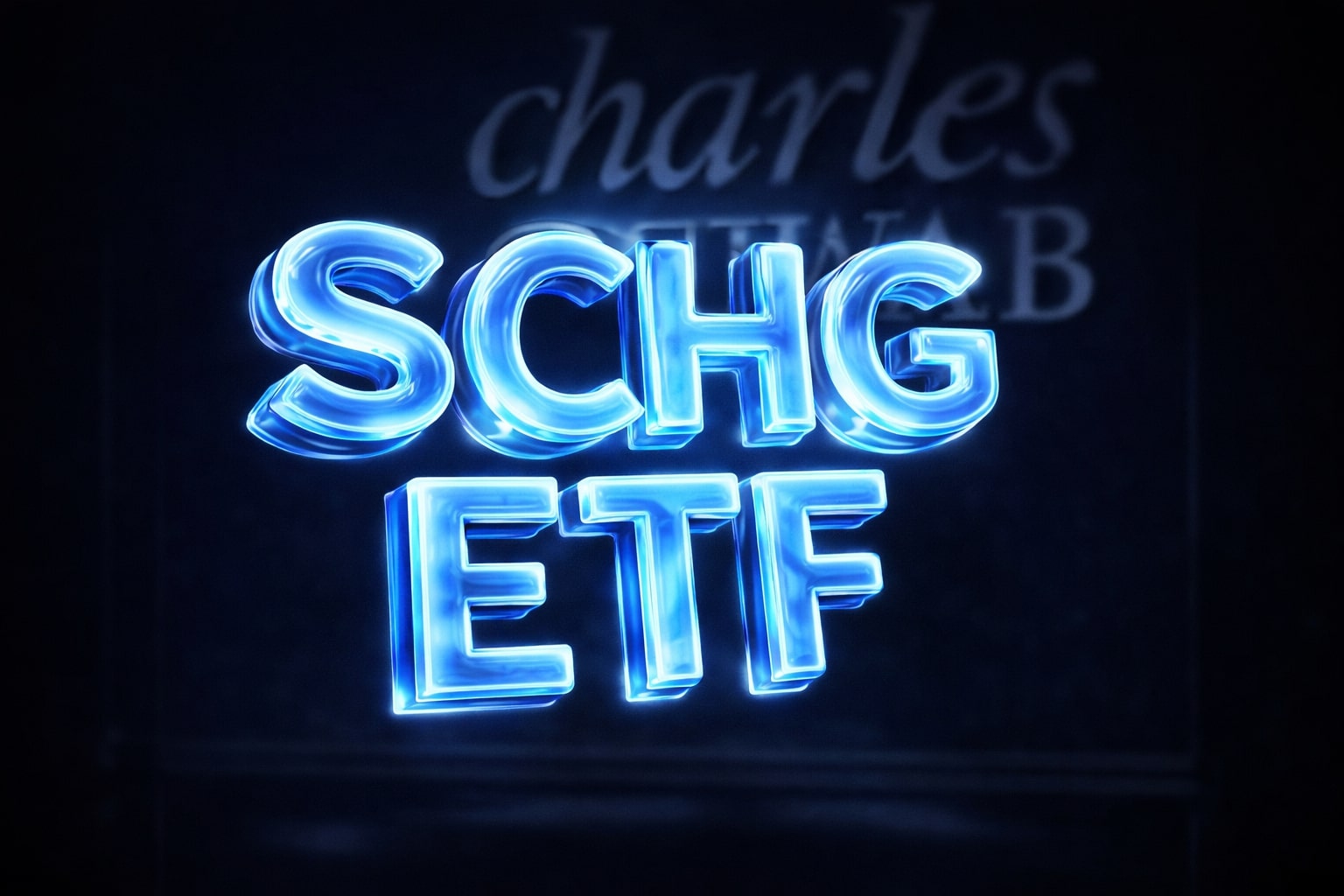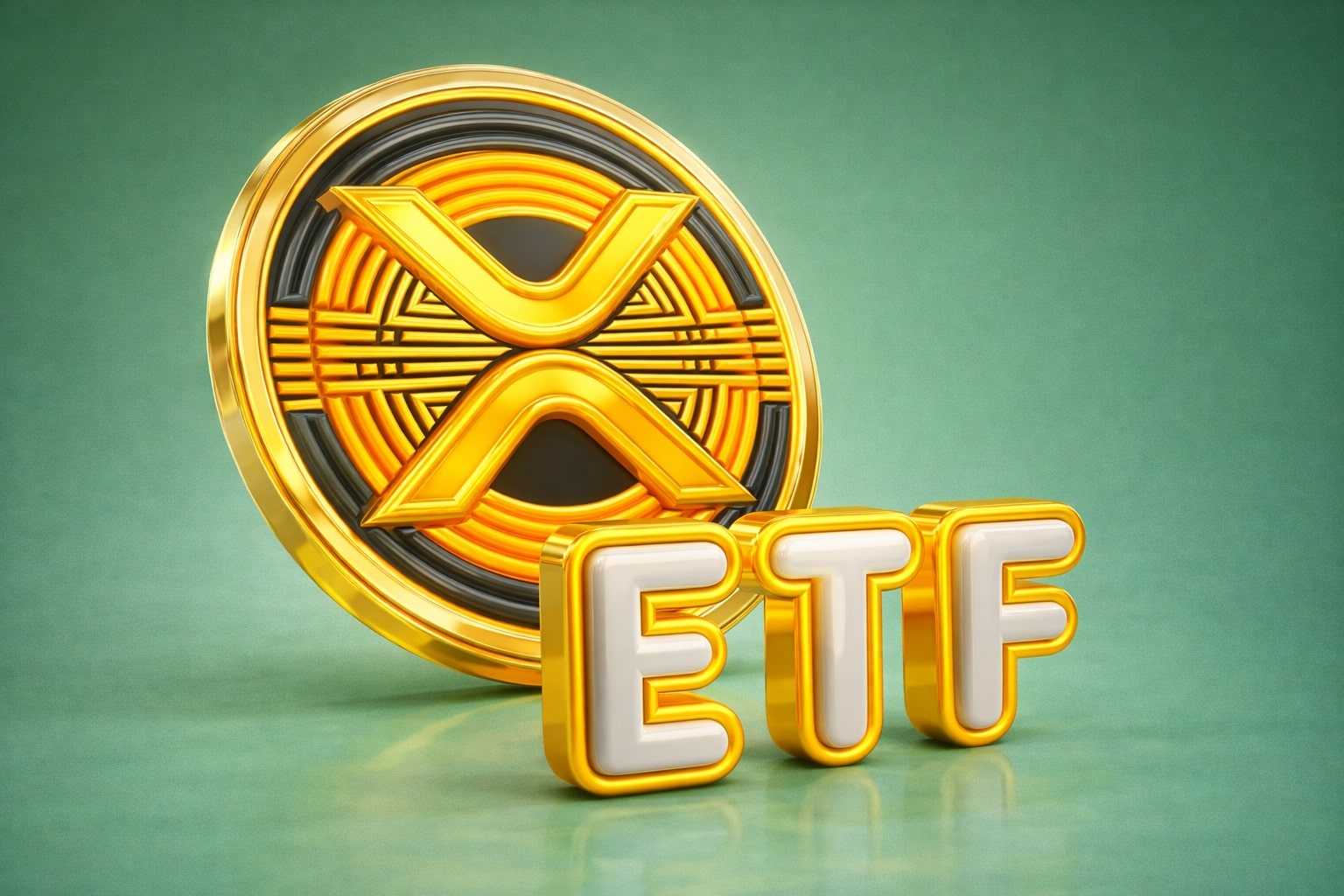
SPYI ETF at $52.31 Delivers 11.67% Yield and Outpaces JEPI, XYLD With 50.58% Return
With $5.24B AUM, strong NAV growth, and superior tax efficiency, SPYI proves more resilient than JEPI and XYLD while sustaining double-digit monthly income | That's TradingNEWS
NYSEARCA:SPYI Trades at $52.31 With 11.67% Yield and Strong Three-Year Track Record
The NEOS S&P 500 High Income ETF, NYSEARCA:SPYI, closed at $52.31, slipping just 0.10% on the day. Despite near-term noise, its long-term record is compelling. Since its August 2022 launch, SPYI has returned 50.58% in total, equal to a 16.86% annualized gain. That performance combines 4.71% price appreciation with a trailing yield of nearly 12%, proving it can compete with the S&P 500, which advanced 10.72% year-to-date versus SPYI’s 9.76%. For a covered call ETF, tracking the index this closely while maintaining double-digit yield is rare.
Distributions and Tax Classification Drive Net Income Advantage
SPYI’s monthly payout is currently $6.11 per share annually, reflecting a 11.67% yield. Unlike peers that distribute mostly ordinary income, SPYI uses Section 1256 contracts and tax-loss harvesting to classify over 90% of its distributions as Return of Capital (ROC). This treatment defers taxation until the cost basis drops to zero. In contrast, JEPI’s $41.2 billion AUM product distributes primarily as ordinary income, reducing investor after-tax yield. The favorable classification makes SPYI more tax efficient and raises real net return potential compared with peers.
Outperformance Versus XYLD and JEPI Since 2022 Launch
SPYI’s 50.58% total return since inception has beaten XYLD by over 20% and JEPI by roughly 17%, despite being much smaller in assets. XYLD holds $3.08 billion in AUM while JEPI dominates at $41.2 billion, but SPYI’s $5.24 billion AUM in just three years shows investor conviction. What sets it apart is NAV growth, which has expanded at a 14% annualized pace, allowing the fund to sustain payouts while still compounding at 3–4% annually even after returning double-digit yield to investors.
Holdings Composition and Covered Call Overlay Strategy
The ETF’s underlying portfolio mirrors the S&P 500, with roughly 38% allocated to the top ten stocks, including the Magnificent Seven. On top of this base, managers sell calls near current market levels and reinvest a portion of premiums in out-of-the-money calls. That structure reduces the typical cap on upside that covered call ETFs suffer, enabling SPYI to capture rallies more effectively than static strategies such as XYLD. This active management approach explains why SPYI tracked the S&P 500 so closely in 2025 even as volatility spiked.
Volatility Profile and Defensive Characteristics
The 52-week implied volatility for SPYI measures just 9.8% compared with SPY’s 15.2%, offering a smoother ride for conservative investors. When markets corrected in April 2025, SPYI rebounded rapidly, unlike JEPI and XYLD which lagged in recovery. With the Federal Reserve expected to cut rates on September 17, traditional floating-rate income products such as CLOs, BDCs, and preferreds face yield compression. SPYI’s option-driven income stream, tied to volatility instead of interest rates, makes it a defensive yield instrument in a shifting macro environment.
Inflation Adjusted Returns and Distribution Growth
Investors who committed $300,000 at inception would now receive about $3,000 per month, fully covering basic living expenses without eroding capital. Adjusted for inflation, that initial allocation would be worth $335,000 today, reflecting NAV growth. Historical payouts rose 5.72% from 2023 to 2024, but 2025 distributions may fall slightly short of the $6.14 per share required to maintain a 3% annual raise trajectory. Still, reinvesting surplus distributions in strong years can hedge weaker periods, keeping purchasing power intact while income flows remain consistent.
Comparison to Passive Benchmark VOO and Expense Trade-Off
While passive trackers such as NYSEARCA:VOO charge just 0.03% in expenses, SPYI’s ratio is 0.68%. The cost is higher, but the trade-off is substantial: VOO yields only about 1.3%, while SPYI delivers 11.67%. For retirees or income-focused investors using the 4% or 7% withdrawal rules, VOO cannot provide the required income without significant capital drawdowns, whereas SPYI can sustain those needs from yield alone. The premium expense is therefore justified by the ETF’s payout profile.
Macro Backdrop and Yield Sustainability in 2025
The slowing U.S. job market and GDP growth drifting below historical averages create uncertainty for equity investors. However, those same dynamics may fuel higher volatility, supporting SPYI’s income stream. Unlike bonds or floating-rate assets that weaken under rate cuts, SPYI thrives on volatility pricing in options markets. If volatility remains elevated, SPYI’s distributions could continue at double-digit levels even if the broader market posts modest returns.
Risks From Concentration and Market Corrections
Roughly 39% of the fund’s exposure lies in the S&P 500’s top ten companies, raising concentration risk. If mega-cap technology stocks correct significantly, both NAV and option income may decline. While SPYI’s strategy is designed to harvest volatility premiums, a prolonged downturn in equities could still put pressure on payout levels. Investors should monitor whether annual NAV growth stays above 3–4%, as this buffer is what allows SPYI to sustain high yields without depleting capital.
Investment Verdict on NYSEARCA:SPYI
At $52.31 per share, with $5.24 billion in assets, 11.67% yield, and NAV growth exceeding 14% annually, SPYI has emerged as the leading S&P 500 covered call ETF. Its superior tax efficiency, consistent income, and resilience against peers like XYLD and JEPI make it one of the strongest income vehicles in the market today. With the Federal Reserve entering an easing cycle, SPYI remains well-positioned to capture volatility-driven premiums and deliver inflation-adjusted income. Based on all available data, SPYI is a Buy for income-focused portfolios, especially for those seeking reliable monthly distributions without sacrificing long-term NAV growth.
That's TradingNEWS
Read More
-
SCHG ETF Near $33 High As AI Giants Drive 19% 2025 Rally
01.01.2026 · TradingNEWS ArchiveStocks
-
XRP-USD Stuck At $1.87 As XRPI Near $10.57 And XRPR Around $14.98 Despite $1.16B ETF Wave
01.01.2026 · TradingNEWS ArchiveCrypto
-
Natural Gas Price Forecast - NG=F Slides Toward Key $3.57 Support As Ng=F Extends 33% Drop
01.01.2026 · TradingNEWS ArchiveCommodities
-
USD/JPY Price Forecast - Yen Near 156 As Fed Cuts Meet Boj Hawkish Turn
01.01.2026 · TradingNEWS ArchiveForex


















